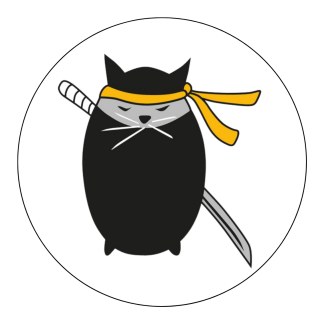
The Knights of the Agile round table
“What is Agile?” is a question for which most people working in the technology field have a few answers: “constant change”, “adaptability” and “continuous improvement” would be a few examples of fast replies.
“Agile” is on everyone’s lips. A “keyword” almost overused in job descriptions, in company profile presentations, and people’s skills lists. It started as a movement that revolutionized work management and the way teams were organized, having its foundation in a set of shared values and principles. But today is at risk of being misapplied to almost anything an organization does.
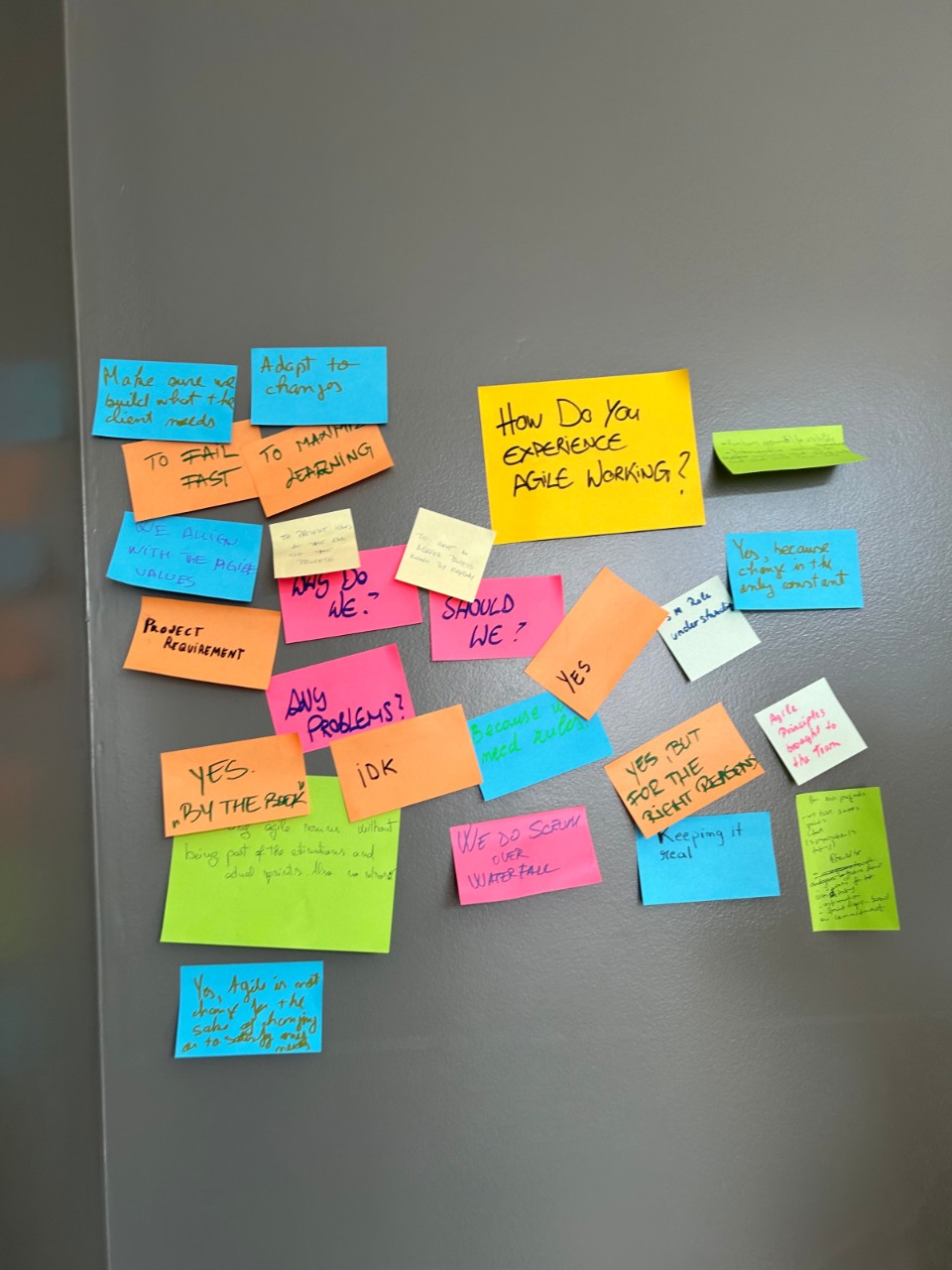
So, when I heard our company is going to organize an Agile workshop, with two of our eggs Germany colleagues as trainers, who are eggsperts on Agile methodology and frameworks, I decided to join.
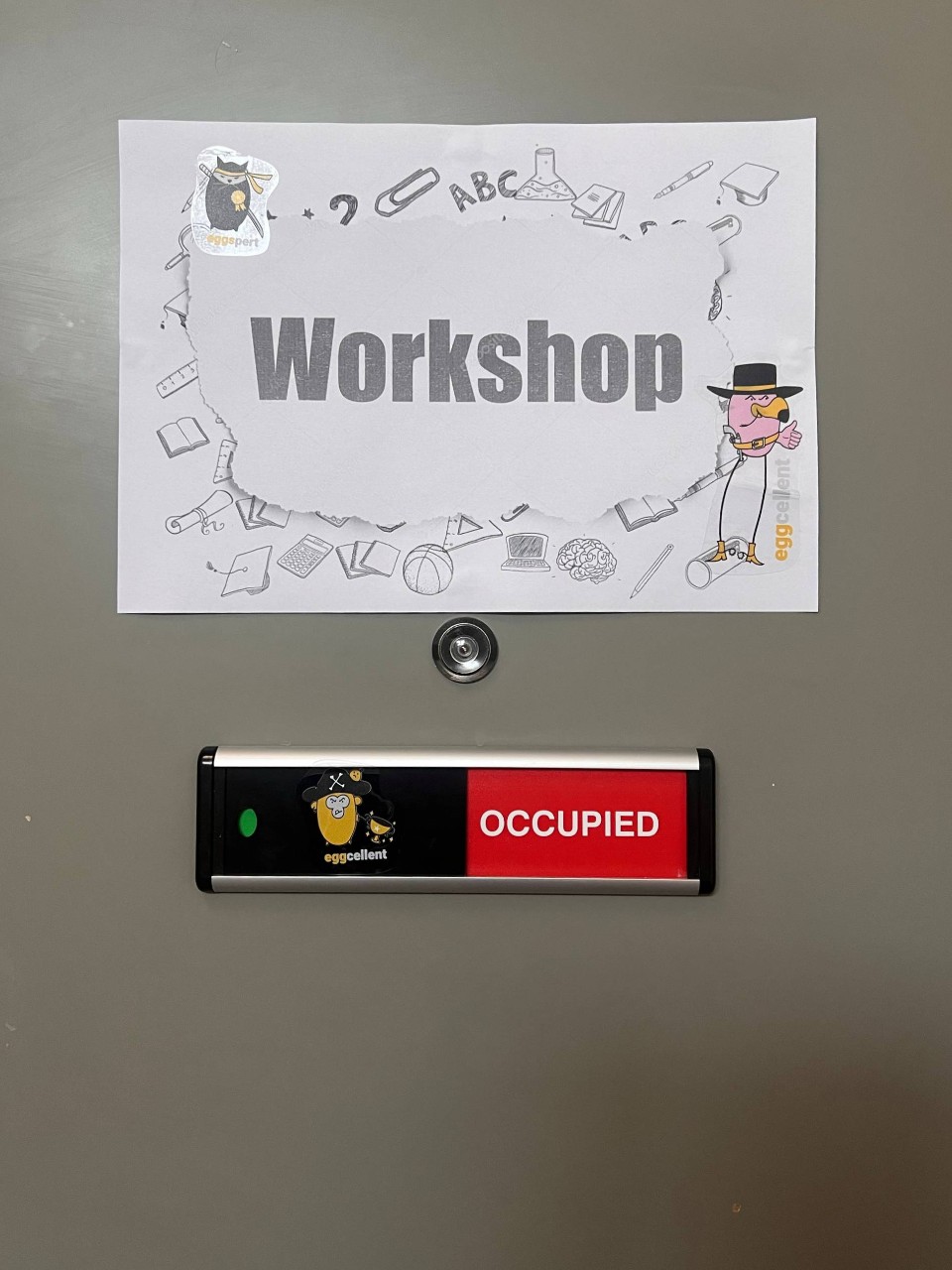
I was hoping that, on top of the new information and knowledge I was going to get during the day, I would also have fun. Agile and fun in the same sentence? Well, for the people outside eggs reading this, just keep reading.
I’ll spill the tea on the needed ingredients:
- A “fun room” in your company
- A ping pong table (we weren’t precisely the knights of the round table, it was rectangular)
- 2, 3 bowls full of sweets
- a few of the classic bean bags
- sticky notes, pens, markers
- coffee and water
- curious students and enthusiastic teachers
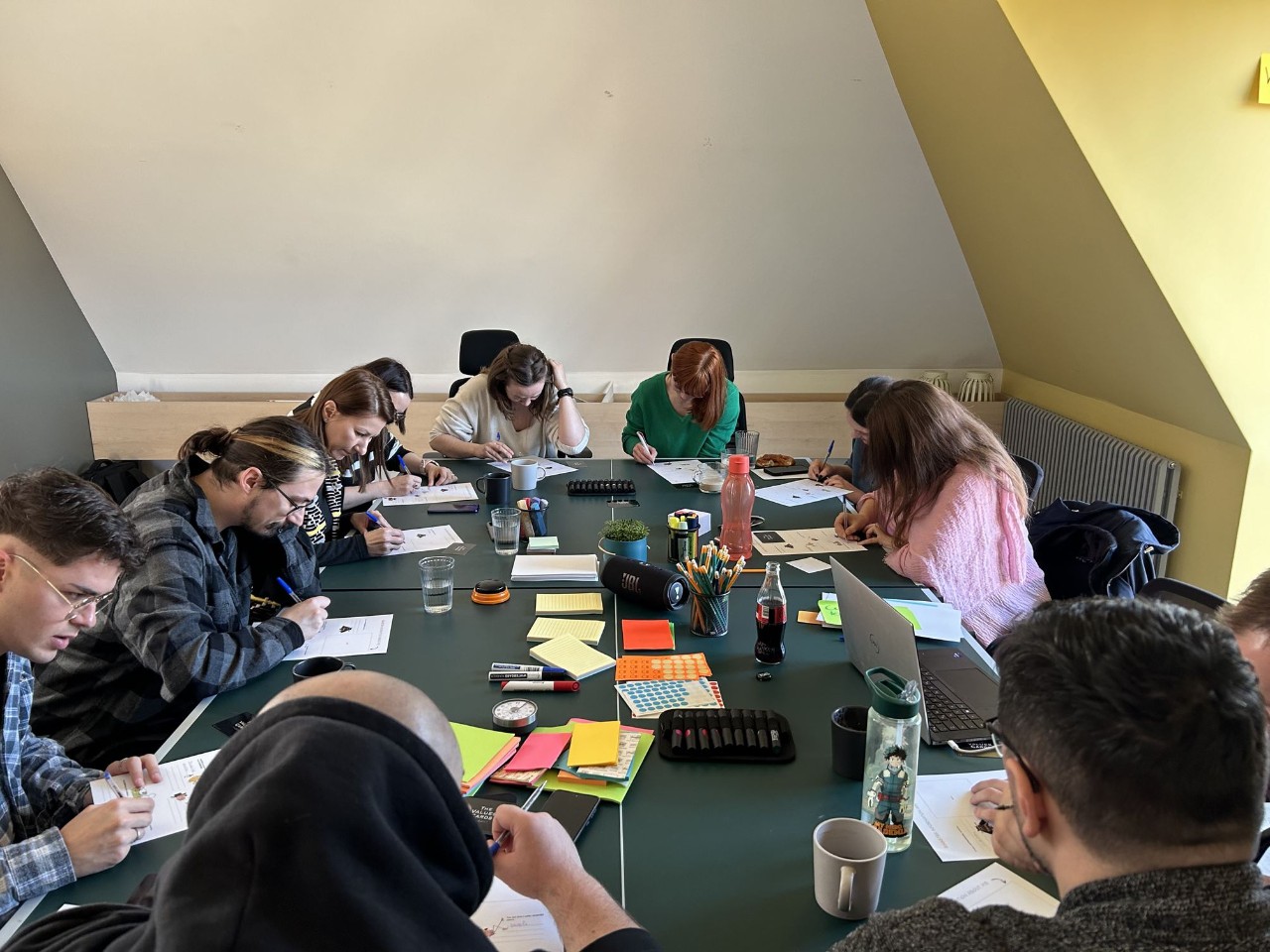
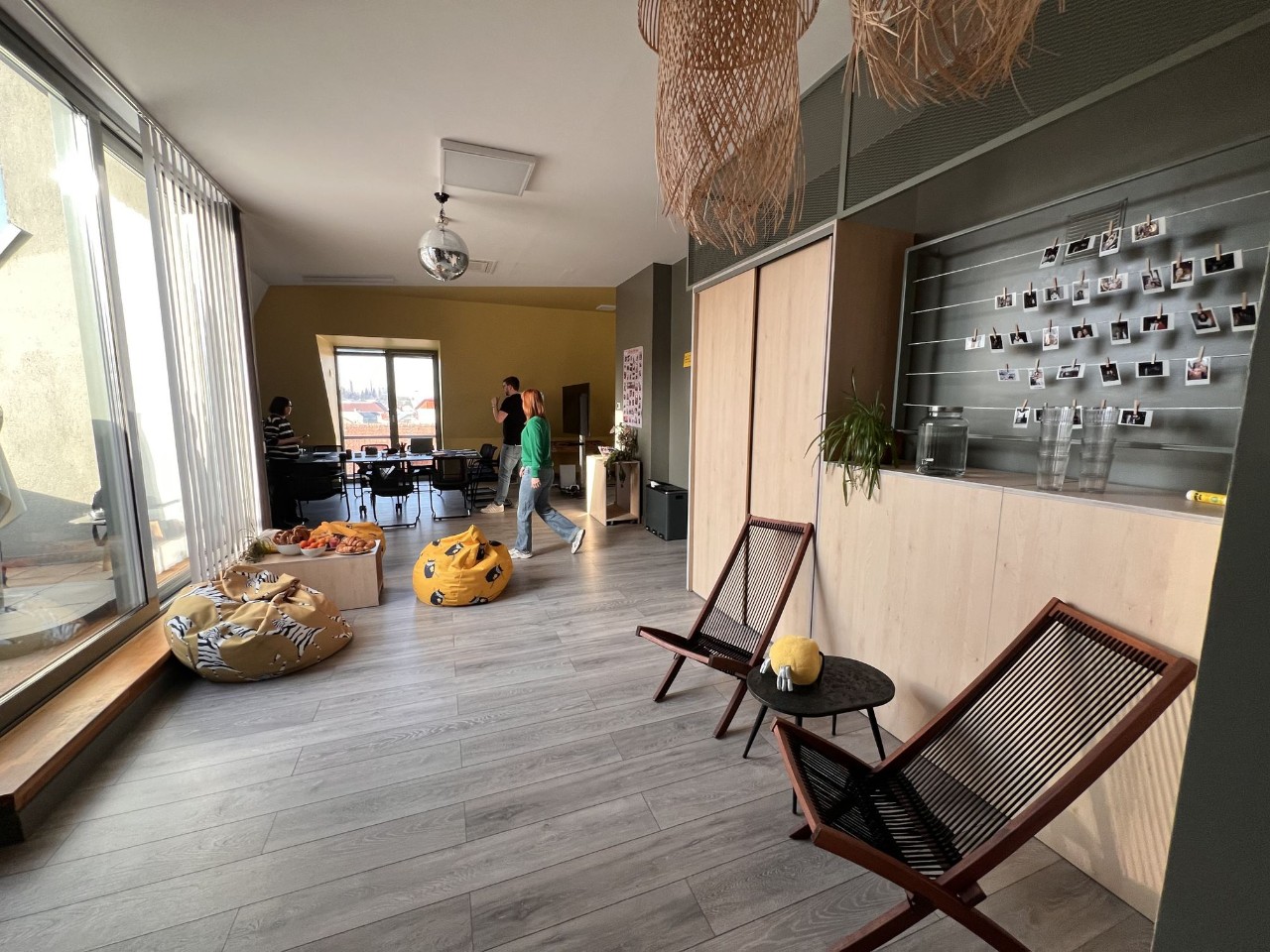
The agile Manifesto
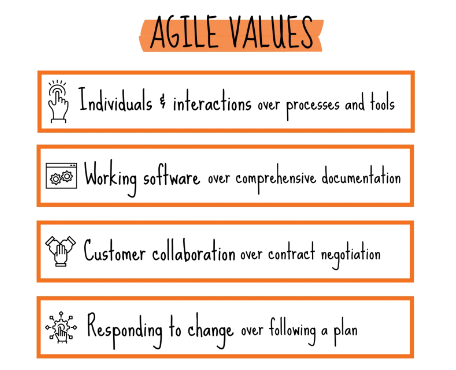
The Agile manifesto was founded in 2001 and includes the four core values, also known as the pillars of Agile:
The workshop exercises were designed in such a way as to teach and illustrate how these values can be put into practice.
1. Individuals and interactions over processes and tools
A successful project relies on having the right people, and the right team. Good relationships between colleagues and the manner they relate to each other are crucial.
It was 9 in the morning. Each participant took a seat at the ping pong table, while Matthias and Engin were preparing the set. Matthias wrote the agenda on the board and Engin took a Polaroid of each of my colleagues, preparing for the first exercise.
We had to fill in a paper answering questions about ourselves and, at the end, each of us had to guess to whom each paper belonged.
In this way, we found out that people accomplished dreams like visiting New York, having a dog, starting a new college after 30, playing in a band, having a family, publishing in a newspaper, or being independent.
It was an eye-opening exercise, an opportunity to see how much we knew about each other, and how many other things lay uncovered.
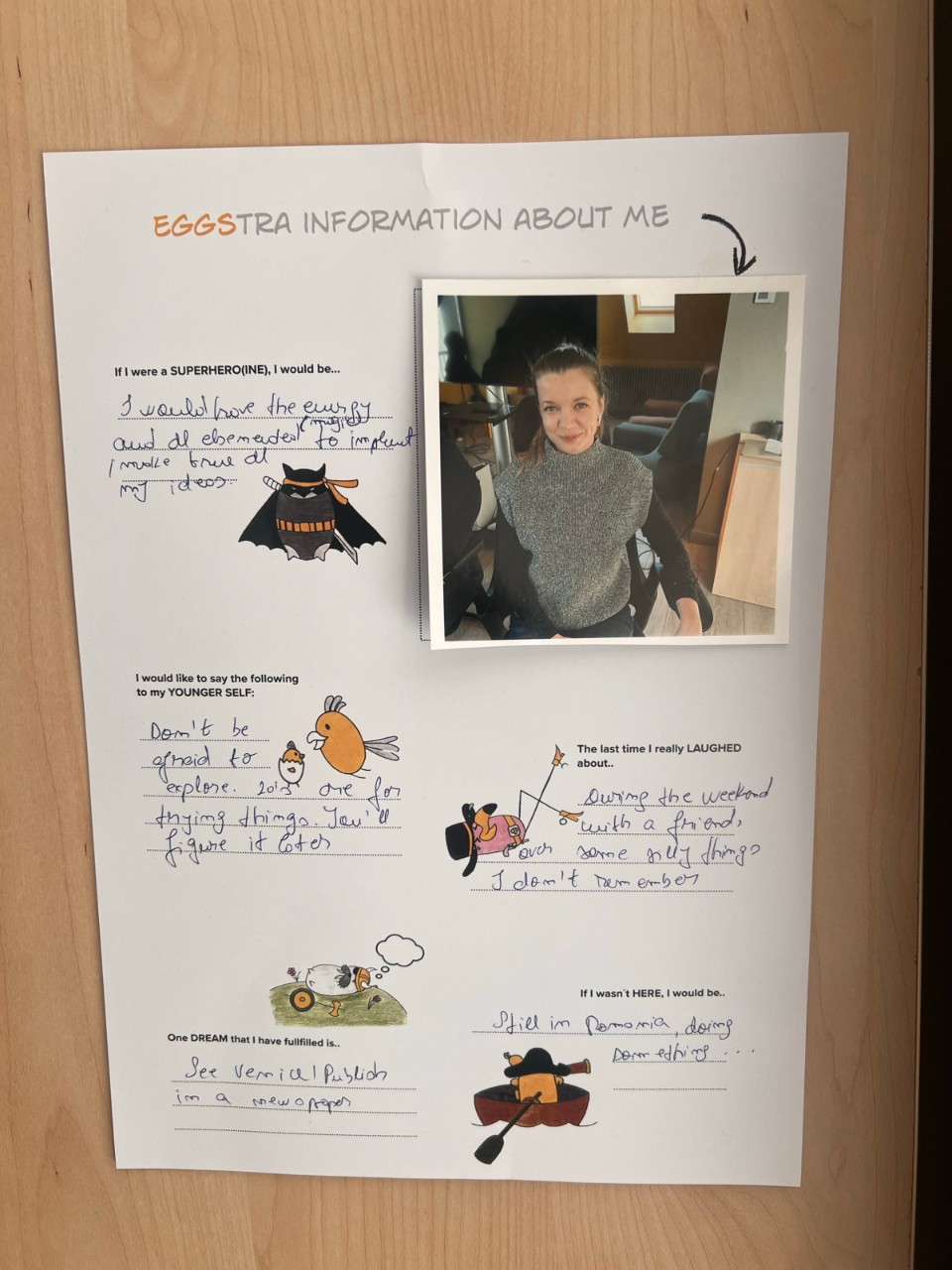
2. Working software over comprehensive documentation
When working agile it is more important to start working fast and deliver as soon as possible a prototype, while refining later, than document everything in detail before the work starts.
In this part of the workshop, we defined a story map for an online bookstore. We broke the story into two parts:
- definition of the problem
- definition of the product vision (target customer, product name, product category, key benefit, private competitor, private differentiation).
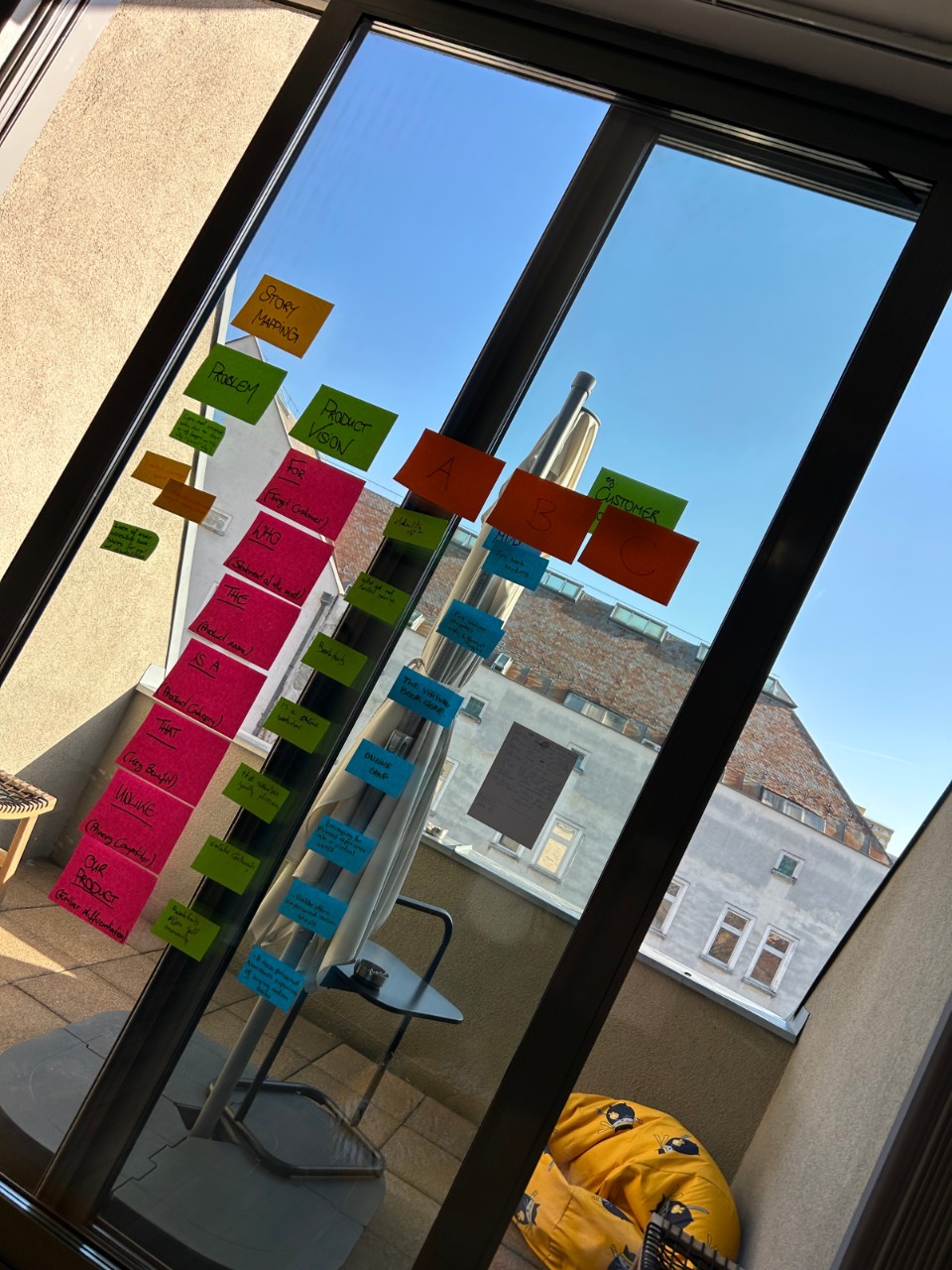
Each of the teams came up with their product story: an online bookstore with VR and an online bookstore for visually impaired people.
In the second part of the exercise, the teams chose the product features mandatory for the MVP, followed up by applying “Magic Estimation” on the MVP features. It’s not by chance we are using such a term as “magic” to describe an agile process. Our exercise was more difficult than it sounds: all participants had to agree on the same estimations and the stories with the biggest estimation differences were debated on, until everyone was on the same page.
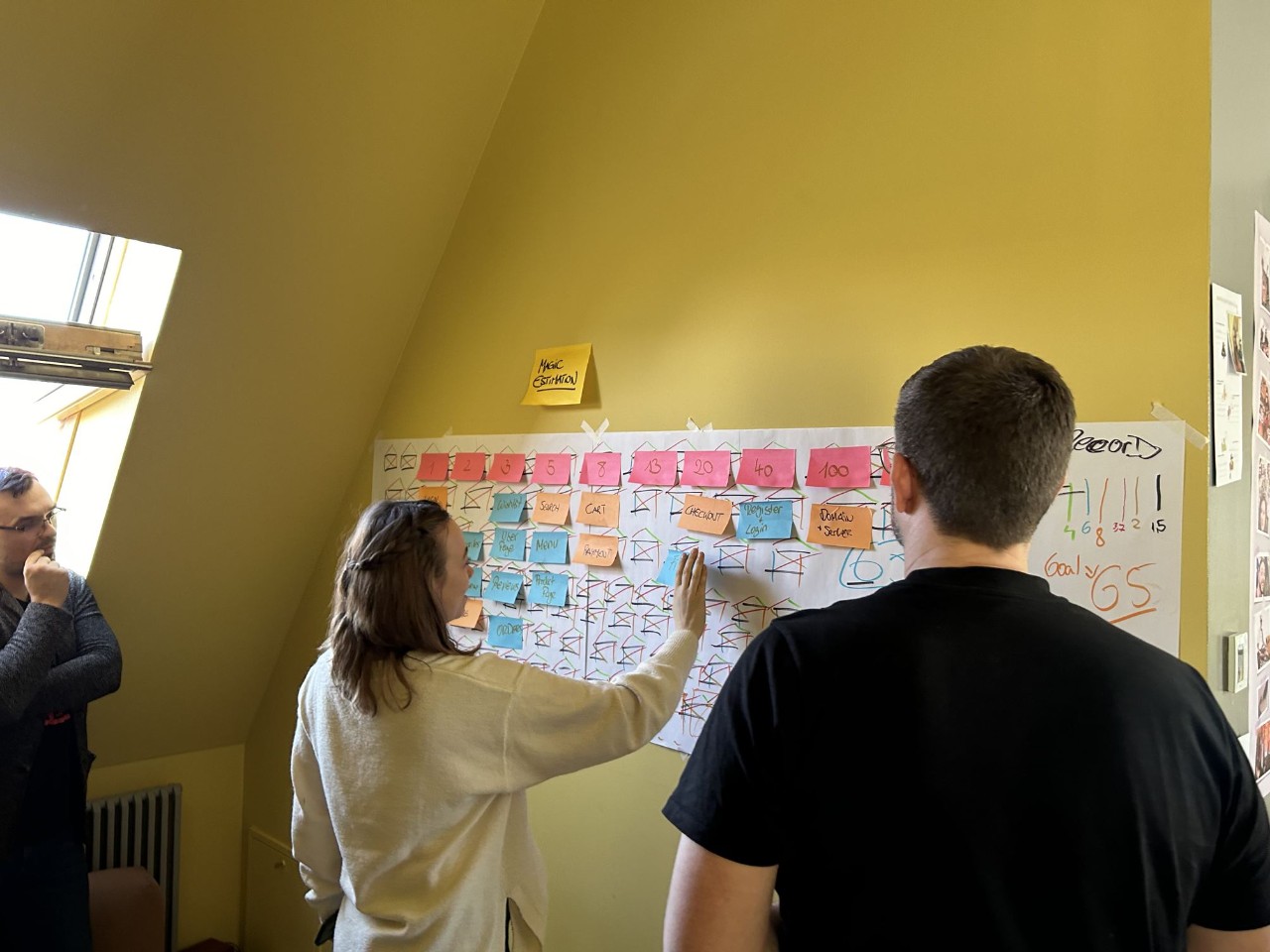
3. Customer collaboration over contract negotiation
One of the values we, at eggs, keep in high regard is customer collaboration. We want to make sure we are meeting our partners’ needs and we work closely together to deliver value.
For this to happen, efficient communication is an important skill we must master. With this in mind, our trainers presented us with a fun but challenging game: “The helium stick”.
All of us gathered in the middle of the room, divided into two lines facing each other. The game required lowering the 2.5 meters long stick to the ground, while at no point losing contact with it. What made it challenging was that each one of us had to touch the stick with only the two index fingers, while keeping it always straight horizontally (the stick had to lay on the fingers, so no grabbing was allowed, no finger curling).
Inevitably, the stick began to rise (as the up force of the fingers trying to stay in contact with it was greater than the weight of the stick) and so were our voices: “Down, Oana, down! Who is pulling it up? I am not! Down, down, lower your hands!”
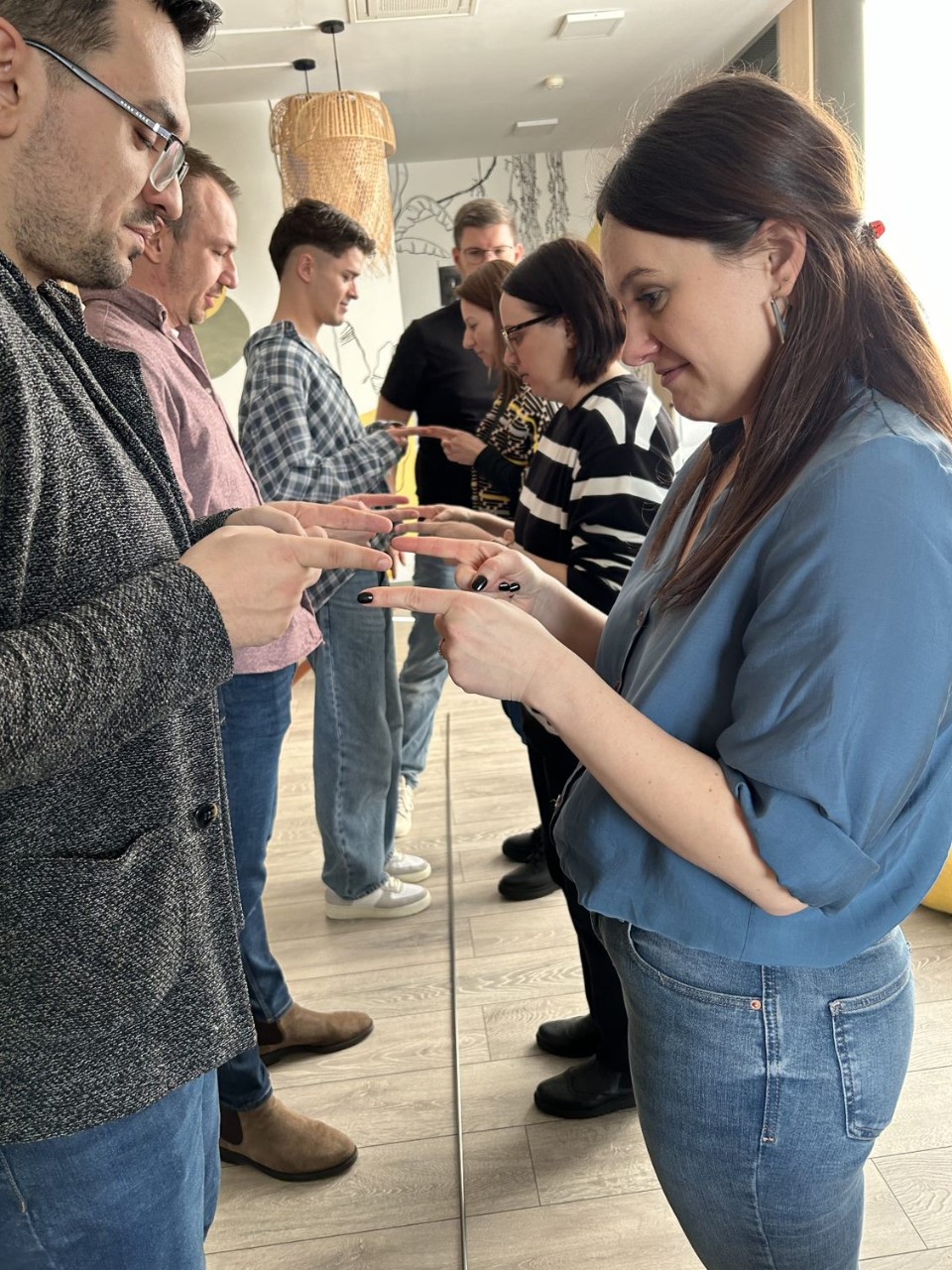
After more verbal and non-verbal communication, navigating through confusion and frustration with laughter, we managed to bring the stick to the ground.
In our everyday work, facing challenges, solving problems and accomplishing tasks may look like a helium stick game: we might get confused, even stuck at times, but we understand pointing fingers is no solution when we share a common goal.
4. Responding to change over following a plan
One of the definitions of the word “Agile” is: “having a quick, resourceful, and adaptable character.”
We got the chance to test ourselves in the last exercise where the requirement was simple: draw as many houses as possible in 90 seconds. The rules were straightforward: use a different color for each line of the house and all team members must contribute to the process.
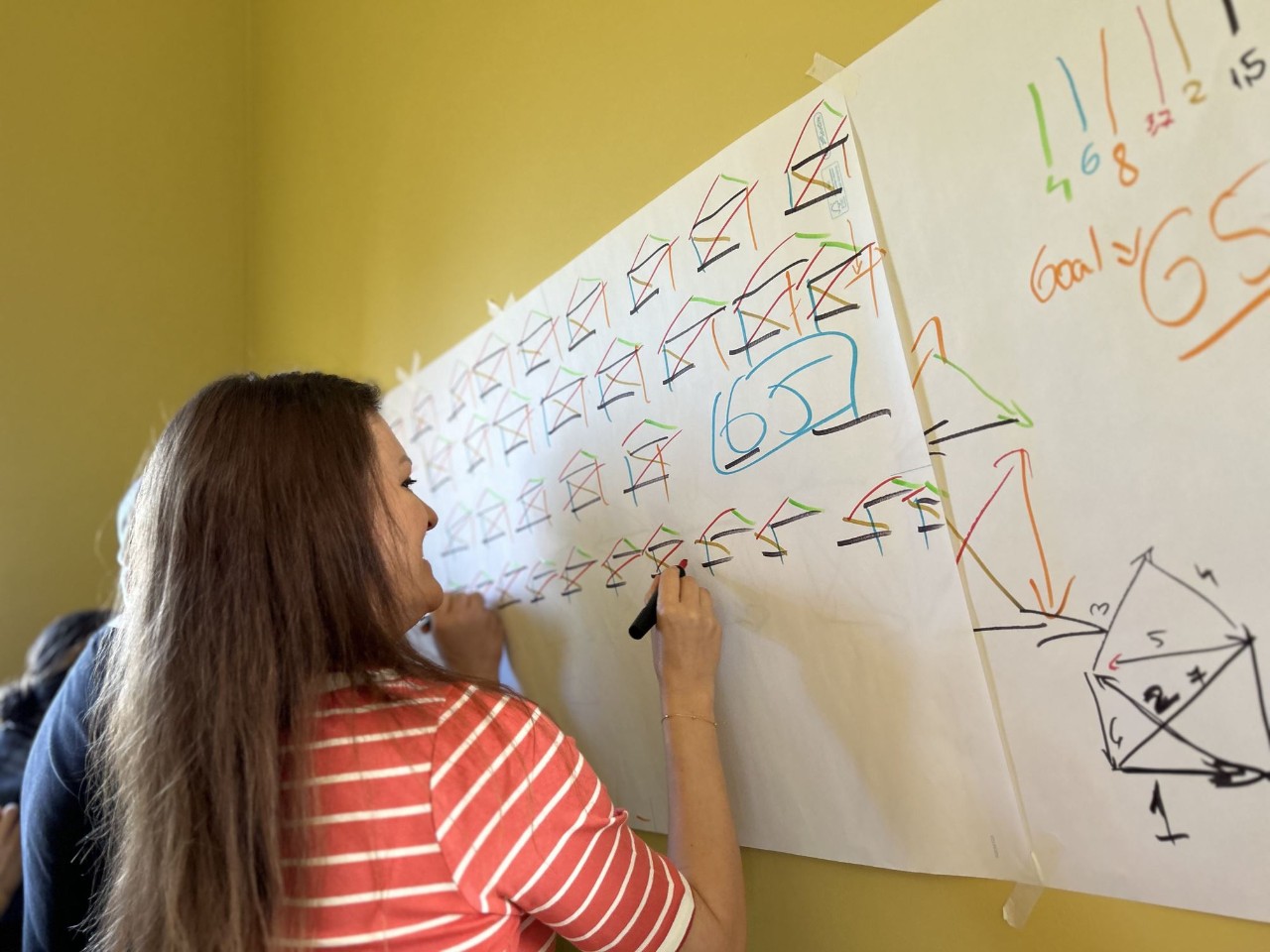
In the first iteration, we drew as many as six houses. Driven by the desire to improve, we changed our strategy, we changed the roles within the team and the way we were going to draw. Then, we did it again; and this time we successfully drew 64 houses in 90 seconds. The exercise was a great way of understanding how quickly reacting to change has a greater value long-term, rather than following a plan and checking the results only at the finish line.
As a whole, our Agile workshop was an enjoyable, knowledge-packed event. We got to learn more about the Agile work methodology and needed tools and we were shown exactly how the design, plan, and implementation of an IT project looks, based on the processes and tools.
In the world of Agile project management, constant training is needed for individuals and teams at all levels of Agile experience, because you can never know too much.
Investing in ongoing education communicates a company’s desire to maintain the most effective workforce most, and to get the most out of its Agile framework.
